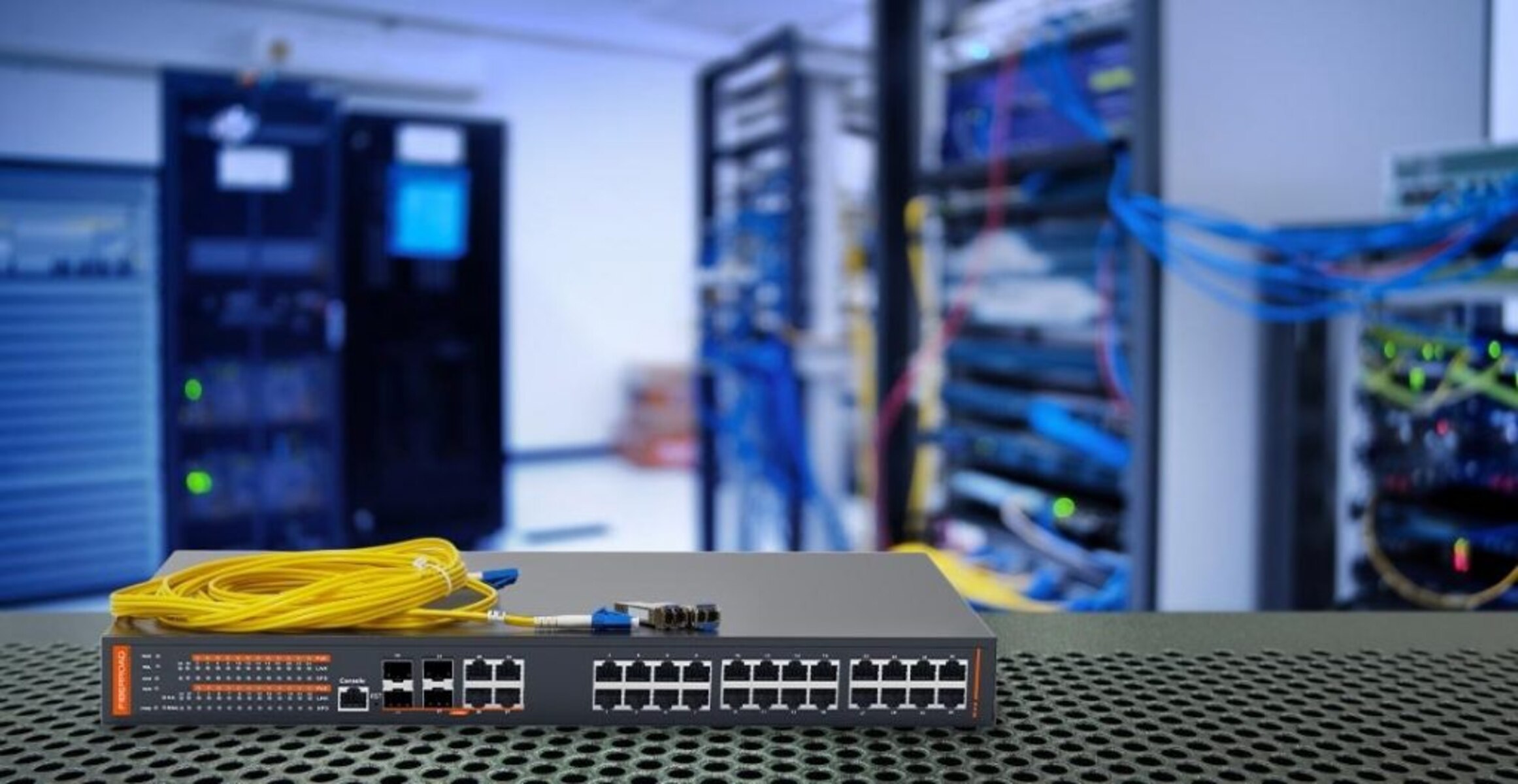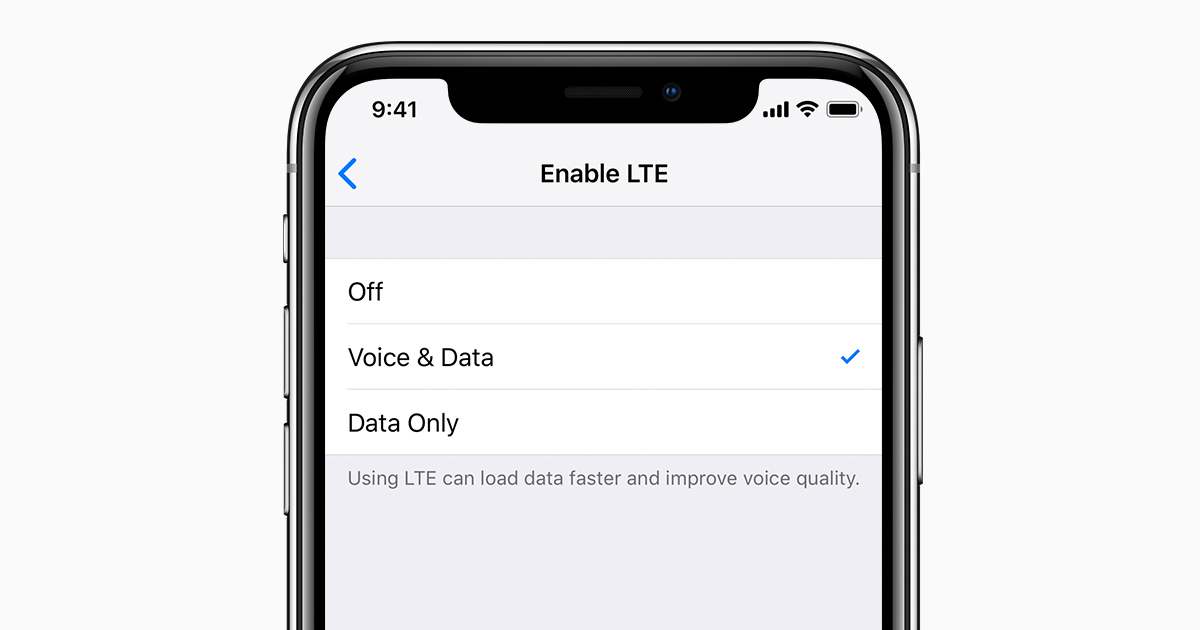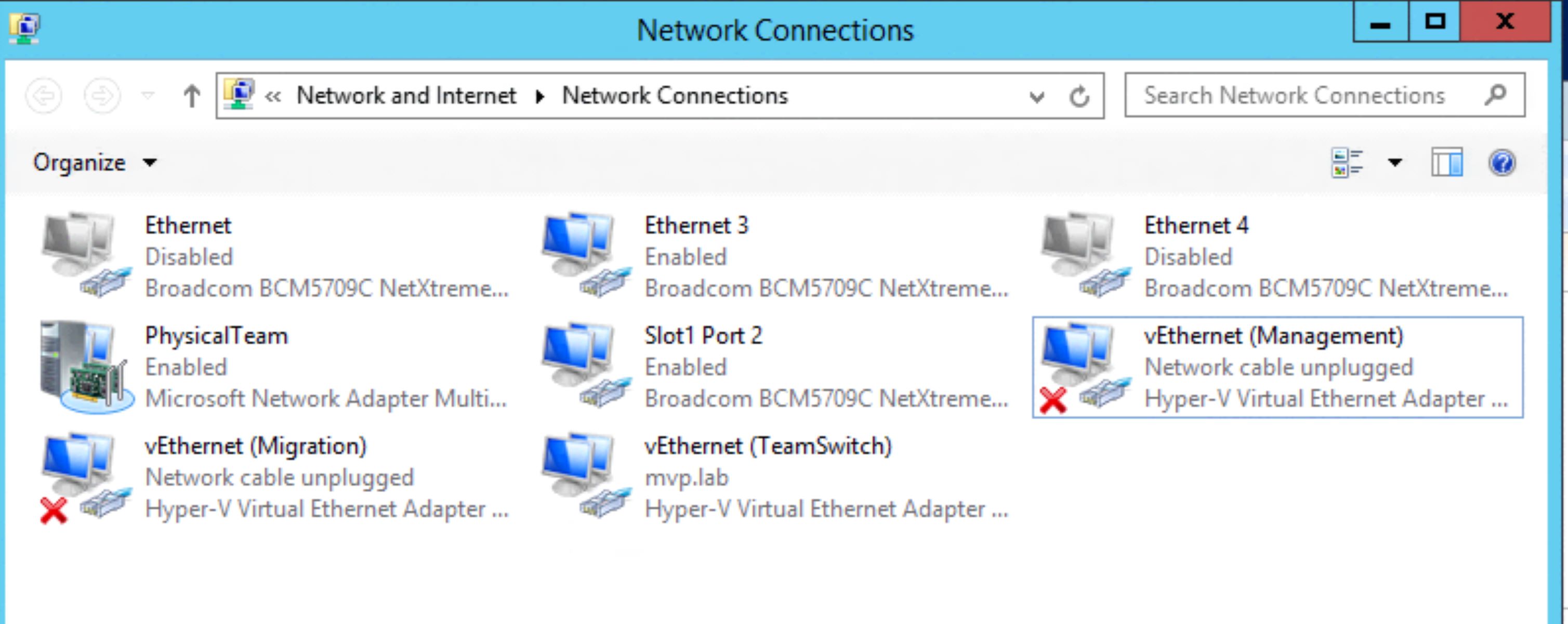Introduction
Introduction
In the digital age, connectivity is paramount. Whether in a home, small business, or large enterprise, the need for a reliable and efficient network is undeniable. A network switch plays a pivotal role in facilitating seamless communication and data transfer among connected devices. Understanding the significance of a network switch is vital for anyone seeking to optimize their network infrastructure and enhance productivity. This article delves into the fundamentals of network switches, elucidating their purpose, benefits, and the considerations involved in selecting the right switch for specific networking needs.
The proliferation of Internet-enabled devices and the burgeoning demand for high-speed data transmission have underscored the importance of robust networking equipment. From streaming high-definition media to supporting online gaming and enabling real-time collaboration in professional settings, the reliance on a stable and responsive network infrastructure is omnipresent. A network switch serves as a cornerstone of this infrastructure, allowing multiple devices to communicate with each other efficiently.
As technology continues to evolve, the network switch remains a steadfast component in ensuring seamless connectivity. From basic home networks to complex corporate setups, the role of a network switch is irreplaceable. By comprehending the essence of network switches and their impact on network performance, individuals and businesses can make informed decisions when planning, expanding, or upgrading their network infrastructure.
The subsequent sections will explore the intricacies of network switches, including their functionality, benefits, types, and essential considerations for selecting the most suitable switch. By delving into these details, readers will gain a comprehensive understanding of the pivotal role that network switches play in modern connectivity, empowering them to make informed choices for their networking needs.
What is a Network Switch?
A network switch is a fundamental networking device that operates at the data link layer of the OSI (Open Systems Interconnection) model. Its primary function is to forward data packets between devices within a local area network (LAN) based on the Media Access Control (MAC) addresses of the devices. Unlike a hub, which broadcasts data to all connected devices, a network switch intelligently directs data only to the intended recipient, enhancing network efficiency and security.
At its core, a network switch serves as a central connection point for various devices, such as computers, printers, servers, and other networking hardware. By utilizing multiple ports, a network switch enables simultaneous communication between devices, facilitating seamless data transfer and network optimization. This capability is particularly valuable in environments where a high volume of data traffic is generated, such as offices, data centers, and educational institutions.
Network switches come in various configurations, including unmanaged, managed, and smart switches. Unmanaged switches are plug-and-play devices that operate without the need for configuration, making them suitable for basic networking needs. Managed switches, on the other hand, offer advanced features such as VLAN (Virtual Local Area Network) support, Quality of Service (QoS) prioritization, and network monitoring, providing greater control and customization options for network administrators. Smart switches bridge the gap between unmanaged and managed switches, offering some configuration options while maintaining user-friendly operation.
Furthermore, modern network switches often incorporate additional features such as Power over Ethernet (PoE) support, which allows the switch to deliver power to connected devices such as IP cameras, VoIP phones, and wireless access points through the Ethernet cables, eliminating the need for separate power sources.
Overall, a network switch serves as a cornerstone of efficient and secure data transmission within a network, enabling seamless communication and resource sharing among connected devices. Its ability to intelligently manage data traffic and optimize network performance makes it an indispensable component of modern networking infrastructure.
Why Do I Need a Network Switch?
A network switch is essential for creating a robust and efficient network infrastructure, serving as the backbone of seamless communication and data transfer within a local area network (LAN). Whether in a home, small business, or enterprise environment, the need for a network switch arises from the following key considerations:
- Device Connectivity: A network switch allows multiple devices to connect and communicate within the same network, facilitating resource sharing, data transfer, and collaborative activities. Without a switch, the connectivity options would be limited, hindering the ability to establish a cohesive and interconnected network environment.
- Bandwidth Optimization: In a network without a switch, data traffic is often broadcast to all devices, leading to congestion and reduced bandwidth availability. A network switch intelligently directs data packets only to the intended recipient, optimizing bandwidth usage and enhancing network performance.
- Network Security: By segmenting the network and controlling data flow, a network switch enhances security by minimizing the risk of unauthorized access and data interception. With features such as MAC address filtering and VLAN support, a switch contributes to a more secure network environment.
- Resource Sharing: In environments where multiple devices need access to shared resources such as printers, servers, and storage devices, a network switch facilitates efficient resource sharing by enabling simultaneous communication and access without compromising network speed and reliability.
- Scalability and Expansion: As network requirements evolve, the need for additional devices and expanded connectivity arises. A network switch provides the scalability needed to accommodate new devices and support network expansion, ensuring that the network infrastructure can adapt to changing demands.
- Network Performance: By managing data traffic and optimizing connectivity, a network switch contributes to improved network performance, minimizing latency, packet loss, and network congestion. This is particularly crucial in environments where high-speed data transfer and real-time communication are essential.
Overall, the need for a network switch stems from its role in fostering efficient, secure, and scalable networking environments, enabling seamless connectivity, resource sharing, and data transfer while enhancing overall network performance and reliability.
Benefits of Using a Network Switch
Utilizing a network switch offers a myriad of advantages that significantly contribute to the efficiency, security, and scalability of a network infrastructure. The following benefits underscore the value of incorporating a network switch into a local area network (LAN) environment:
- Enhanced Network Performance: A network switch optimizes data transfer by intelligently directing traffic, minimizing congestion, and reducing packet loss. This results in improved network speed, reduced latency, and enhanced overall network performance, crucial for supporting bandwidth-intensive applications and real-time communication.
- Improved Security: By segmenting the network and controlling data flow, a network switch enhances network security. Features such as MAC address filtering and VLAN support contribute to a more secure network environment by mitigating the risk of unauthorized access and data interception.
- Resource Sharing and Collaboration: With a network switch, devices can seamlessly communicate and share resources within the same network, facilitating collaborative activities and resource access. This enables efficient sharing of printers, servers, and storage devices, promoting productivity and seamless collaboration.
- Scalability and Flexibility: Network switches provide the flexibility to accommodate new devices and support network expansion. With multiple ports and the ability to connect a variety of devices, switches offer scalability and adaptability, allowing the network infrastructure to grow and evolve alongside changing requirements.
- Optimized Bandwidth Usage: Unlike hubs that broadcast data to all connected devices, a network switch intelligently directs data packets only to the intended recipient, optimizing bandwidth usage. This prevents unnecessary data congestion and ensures that network resources are efficiently utilized.
- Centralized Management and Control: Managed network switches offer advanced features such as Quality of Service (QoS) prioritization, network monitoring, and remote management capabilities, providing administrators with centralized control over network operations and performance optimization.
- Support for Power over Ethernet (PoE): Many modern network switches feature Power over Ethernet (PoE) support, allowing them to deliver power to connected devices such as IP cameras, VoIP phones, and wireless access points through the Ethernet cables, simplifying deployment and reducing the need for separate power sources.
Overall, the benefits of using a network switch encompass improved network performance, enhanced security, efficient resource sharing, scalability, and advanced management capabilities, making it an indispensable component of modern networking environments.
Types of Network Switches
Network switches are available in various types, each catering to specific networking requirements and offering distinct features and capabilities. Understanding the different types of network switches is essential for selecting the most suitable option based on the intended use case and network environment. The following are the primary types of network switches:
- Unmanaged Switches: Unmanaged switches are plug-and-play devices that operate without the need for configuration. They are ideal for basic networking needs and are often used in small office or home environments where simplicity and ease of use are prioritized. Unmanaged switches provide straightforward connectivity without advanced features such as VLAN support or Quality of Service (QoS) prioritization.
- Managed Switches: Managed switches offer advanced features and customization options, providing greater control over network operations. These switches are equipped with capabilities such as VLAN support, QoS prioritization, network monitoring, and remote management, allowing administrators to optimize network performance, enhance security, and tailor the network to specific requirements. Managed switches are commonly used in medium to large enterprises and complex network environments.
- Smart Switches: Smart switches, also known as web-managed switches, bridge the gap between unmanaged and managed switches. They offer a level of configurability and management options while maintaining user-friendly operation. Smart switches are suitable for small to medium-sized businesses that require a balance of simplicity and customization in their networking infrastructure.
- Layer 2 Switches: Layer 2 switches operate at the data link layer of the OSI model and are capable of forwarding traffic based on MAC addresses. These switches are essential for creating separate collision domains and enhancing network performance by intelligently directing data packets within the local network.
- Layer 3 Switches: Layer 3 switches, also known as multilayer switches, offer advanced routing capabilities in addition to the functions of Layer 2 switches. They can make routing decisions based on IP addresses, making them integral components of complex network infrastructures that require efficient inter-VLAN routing and high-performance routing functionality.
- Stackable Switches: Stackable switches can be interconnected to form a single, unified switch with enhanced scalability and management capabilities. By stacking multiple switches, administrators can manage them as a single entity, simplifying network management and expanding port capacity without sacrificing performance.
- Power over Ethernet (PoE) Switches: PoE switches are designed to deliver power to connected devices such as IP cameras, VoIP phones, and wireless access points through Ethernet cables. This eliminates the need for separate power sources, simplifies deployment, and facilitates the expansion of network infrastructure.
Each type of network switch offers unique features and benefits, catering to diverse networking requirements and providing the flexibility and customization needed to create efficient and scalable network infrastructures.
Considerations When Choosing a Network Switch
When selecting a network switch for a specific networking environment, several key considerations should be taken into account to ensure that the chosen switch aligns with the requirements and objectives of the network infrastructure. The following considerations are essential for making informed decisions when choosing a network switch:
- Port Count and Speed: Assess the number of devices that need to be connected to the switch and the required data transfer speeds. Select a switch with an adequate number of ports and the appropriate speed (e.g., Gigabit Ethernet) to accommodate current and future connectivity needs.
- Managed vs. Unmanaged: Determine whether the network requires advanced management features such as VLAN support, QoS prioritization, and network monitoring. For environments that demand greater control and customization, a managed switch is preferable, while unmanaged switches may suffice for basic connectivity needs.
- Power over Ethernet (PoE) Support: If the network infrastructure includes devices that rely on PoE, such as IP cameras and wireless access points, consider selecting a PoE switch to simplify deployment and eliminate the need for separate power sources.
- Scalability and Flexibility: Evaluate the potential for network expansion and the need for scalability. Choose a switch that offers scalability through features such as stackability, allowing for seamless integration of additional switches and port expansion as the network grows.
- Security Features: Assess the security requirements of the network and consider switches with features such as MAC address filtering, port security, and support for network segmentation through VLANs to enhance network security and control access to resources.
- Budget and Total Cost of Ownership: Consider the upfront cost of the switch as well as the long-term operational expenses. Evaluate the total cost of ownership, including power consumption, maintenance, and potential future upgrades, to make an informed investment decision.
- Performance and Quality of Service (QoS): For networks that prioritize real-time applications or require differentiated levels of service, consider switches with QoS capabilities to prioritize and manage network traffic effectively, ensuring optimal performance for critical applications.
- Compatibility and Interoperability: Ensure that the chosen switch is compatible with existing network hardware and protocols, promoting seamless integration and interoperability within the network environment.
By carefully considering these factors and aligning them with the specific requirements and objectives of the network, stakeholders can make well-informed decisions when choosing a network switch, ultimately contributing to the establishment of a reliable, efficient, and scalable network infrastructure.
Conclusion
Network switches form the backbone of modern networking infrastructure, playing a pivotal role in facilitating seamless communication, resource sharing, and data transfer within local area networks (LANs). Understanding the significance of network switches and their impact on network performance is essential for individuals and organizations seeking to establish reliable, efficient, and secure network environments.
From the fundamental functionality of directing data packets based on MAC addresses to the advanced features of managed switches, the versatility and capabilities of network switches cater to a diverse range of networking needs. Whether it’s supporting a small office network, enabling collaborative activities in educational institutions, or powering the complex networking demands of large enterprises, network switches provide the connectivity, security, and scalability required to meet modern networking challenges.
By recognizing the benefits of using network switches, including enhanced network performance, improved security, efficient resource sharing, and advanced management capabilities, stakeholders can leverage these devices to create robust and responsive network infrastructures. Moreover, the availability of various types of network switches, such as unmanaged, managed, smart, Layer 2, Layer 3, stackable, and PoE switches, offers the flexibility and customization needed to tailor network solutions to specific requirements.
When choosing a network switch, careful consideration of factors such as port count, management features, PoE support, scalability, security, budget, performance, and compatibility is crucial for making informed decisions that align with the objectives of the network infrastructure. By evaluating these considerations, stakeholders can select the most suitable network switch to meet their current needs while accommodating future growth and technological advancements.
In essence, network switches are indispensable components of modern connectivity, empowering individuals and organizations to establish efficient, secure, and adaptable network environments. As technology continues to evolve, the role of network switches in facilitating seamless communication and data transfer remains paramount, solidifying their position as foundational elements of contemporary networking solutions.

























